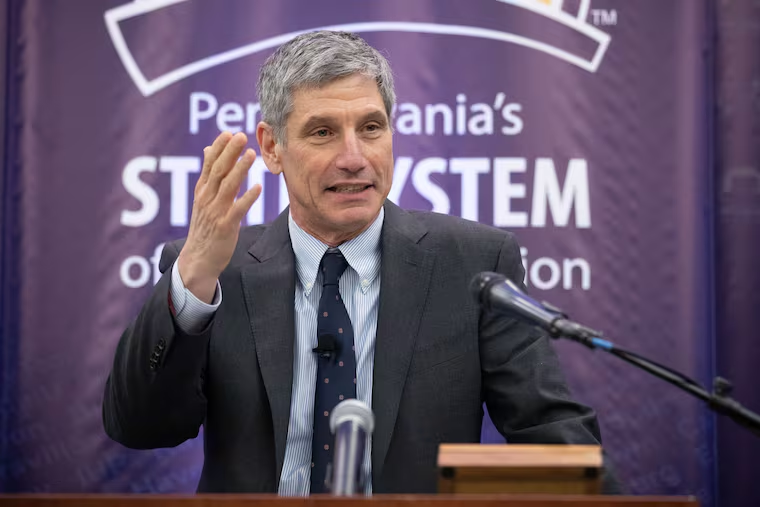Pennsylvania’s state universities record biggest one-year enrollment decline in more than a decade
PASSHE’s enrollment fell to 88,651, down 5.4%, or more than 5,000 students. Since 2010, when the system had nearly 120,000 students, enrollment has plunged nearly 26%.
